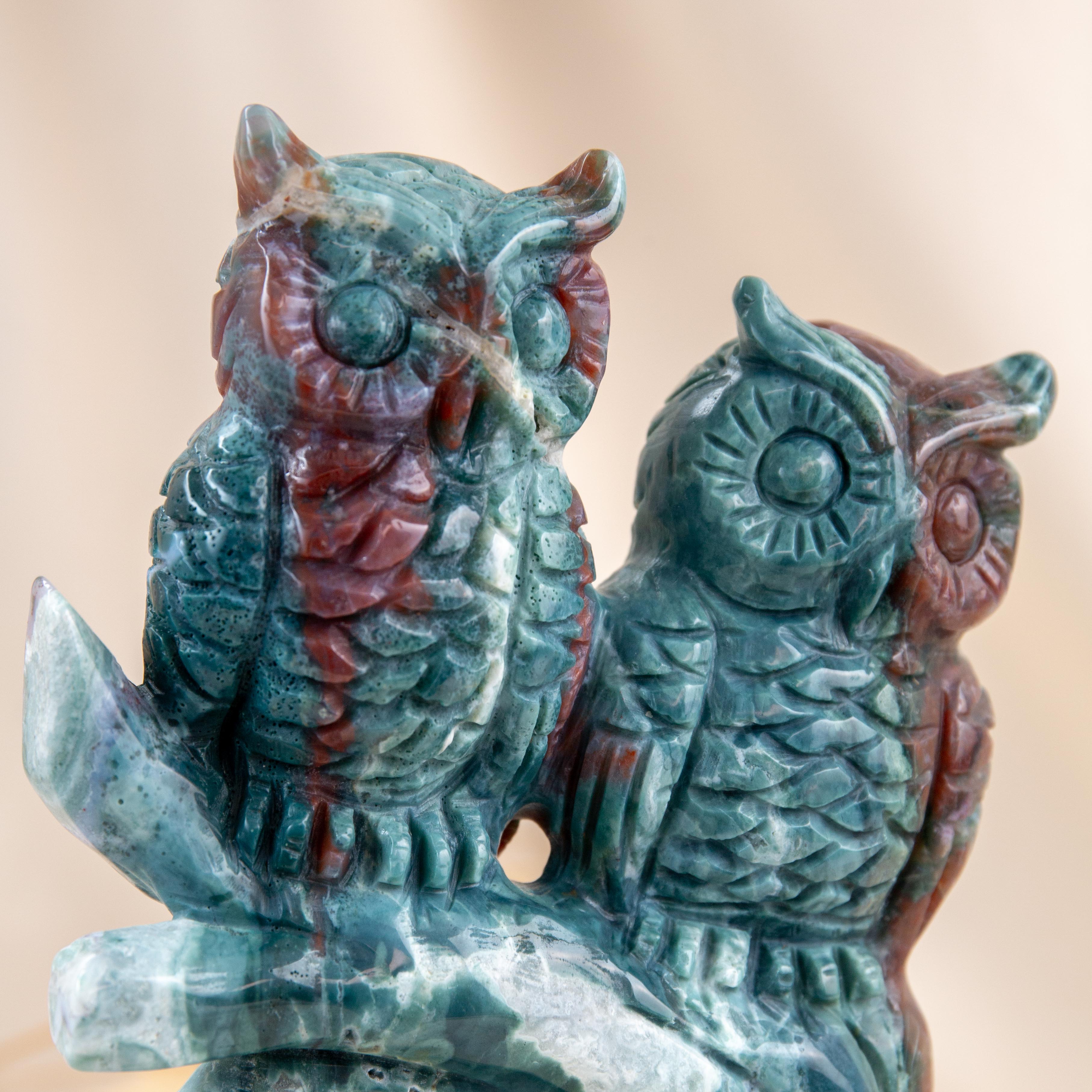Have you ever come across a shiny, golden rock and thought you hit the jackpot, only to find out it's just pyrite? Don't worry, you're not alone! Pyrite, also known as fool's gold, has fooled many throughout history with its glittering appearance. But what exactly is pyrite, and why is it often mistaken for real gold?
What is Pyrite?
Pyrite is a mineral composed of iron and sulfur, giving it a brassy yellow color that can resemble gold to the untrained eye. It forms in a variety of shapes and sizes, from perfect cubes to irregular masses, making it a popular choice for collectors and jewelry makers alike.
Why is it Called Fool's Gold?
The nickname "fool's gold" comes from the fact that many people have been fooled by pyrite's appearance, mistaking it for real gold. While gold is a precious metal with a distinct yellow color and high value, pyrite is just a common mineral with a shiny facade. So, if you've ever been duped by pyrite, don't feel bad – even the best geologists can be fooled!
Uses of Pyrite
Despite its deceptive nature, pyrite does have some practical uses. In the past, it was used to create sparks for starting fires, earning it the nickname "fire striker." Today, pyrite is primarily used in the production of sulfuric acid and as a source of iron in the manufacturing of steel.
So, the next time you come across a shiny, golden rock, take a closer look before you get too excited. It might just be pyrite playing tricks on your eyes! Remember, all that glitters is not gold – sometimes, it's just fool's gold.








